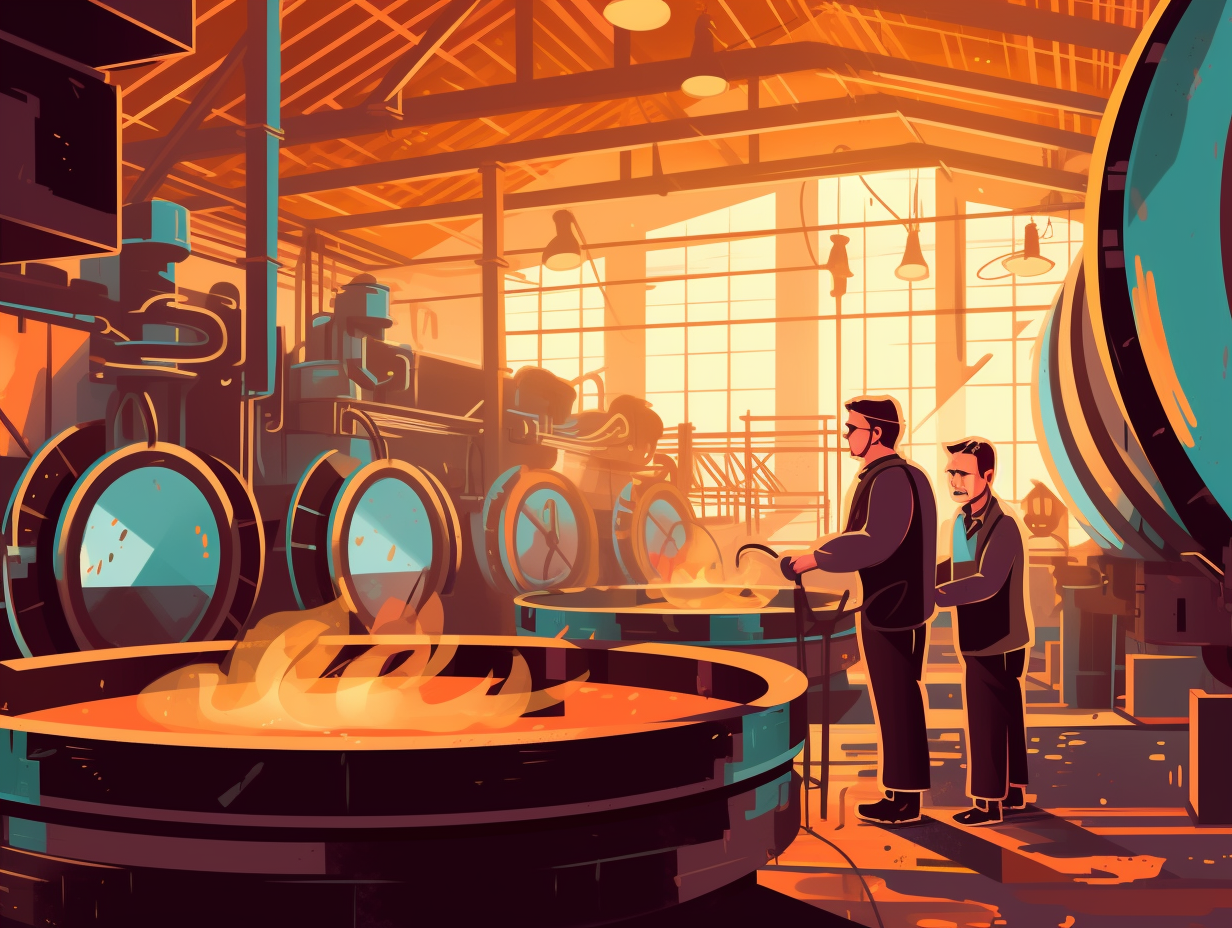Sticky Secrets: Top 6 Unexpected and Entertaining Fun Facts About Glue You Never Knew

1. Cow Hide Glue: Music to Our Ears
Who let the cows out? Moo, moo, moo, moo! It turns out those bovine beauties have been holding the secret to a super sticky situation for thousands of years: Hide glue, made from animal hides, is a time-tested favorite amongst woodworkers and luthiers, thanks to its easily reversible and repairable nature, which is perfect for crafting instruments and restoring antiques without causing any damage. The glue even doubles as its own clamp, bonding tightly as it hardens. So don't just fiddle around – give those classic glue-crafting cows the credit they deserve!
Source => en.wikipedia.org
2. Sturgeon Bladders: Art Restoration Wizards
Who needs sushi when you have sturgeon bladders making a splash in the art restoration world: The high-quality adhesive called sturgeon glue or isinglass, made from sturgeon bladders, boasts higher adhesion and lower viscosity than other animal glues, making it ideal for repairing delicate parchments and paintings, especially when combined with gum tragacanth and applied with the precision of a binocular microscope.
Source => talasonline.com

Did you know bananas contain a radioactive isotope? Discover why eating thousands of them still won't harm you! 🍌☢️
=> Fun Facts about Chemistry
3. Super Glue: A Happy Lemon Accident
When life gives you lemons, make super glue: In the midst of World War II, American chemist Harry Coover Jr. stumbled upon the first cyanoacrylate adhesive while attempting to create clear plastic for gun sights, leading to the invention of our favorite sticky fix-it solution, super glue, now utilized in diverse industries like construction, aerospace, engineering, and medicine.
Source => backthenhistory.com
4. Birdlime Ban: French Sticky Situation
A sticky situation for French bird trappers: many countries have made the ancient art of trapping birds with all-natural adhesive birdlime, concocted from eclectic sources such as mistletoe fruits and holly bark, quite illegal – with the European Court of Justice weighing in as recently as March 2021 to declare glue trap hunting a no-go in France.
Source => en.wikipedia.org

5. Pritt Stick: Lipstick's Crafty Cousin
The Pritt Stick may have taken its cue from the sassy world of cosmetics, but unlike your favorite shade of lipstick, this little stick isn't just sticking to paper – it's got wood, glass, and plastic in its repertoire, too: The "PowerPritt" glue stick, introduced by German company Henkel in 2003, is the first solvent-free and multipurpose glue stick. Instead of borrowing from twist-up lipstick applicators, Henkel drew inspiration from the overall convenience of lipstick packaging, leading to the creation of the eco-friendly and versatile "PowerPritt" glue stick.
Source => en.wikipedia.org
6. Gorilla Glue: Not the Gap-filling Kong
Introducing the clingy, moisture-loving cousin of King Kong: Gorilla Glue! But alas, this clingy character isn't great at filling gaps like you'd expect: Contrary to popular belief, Gorilla Glue is not a gap-filling glue. It's actually a polyurethane glue that expands 3-4 times the application amount to create a superior bond, but only if surfaces are tightly fitted together and clamped. For those gap-fill missions, you'll need Gorilla Epoxy to save the day!
Source => woodgears.ca
Related Fun Facts




















